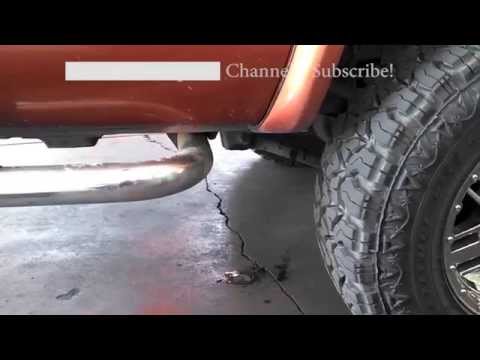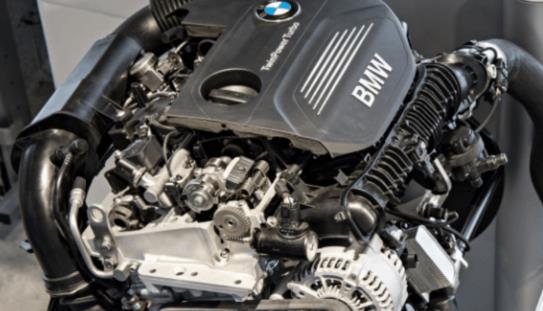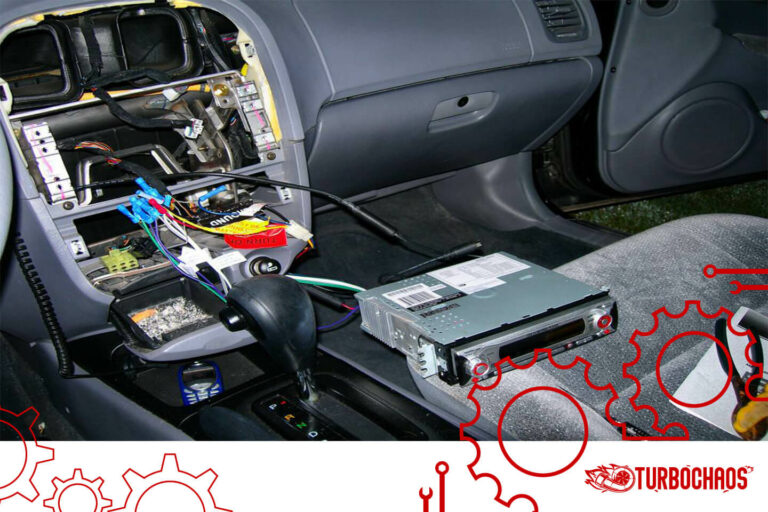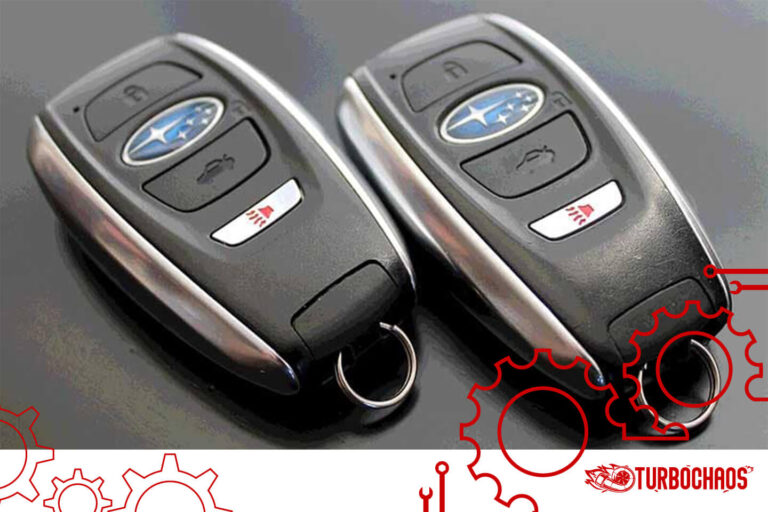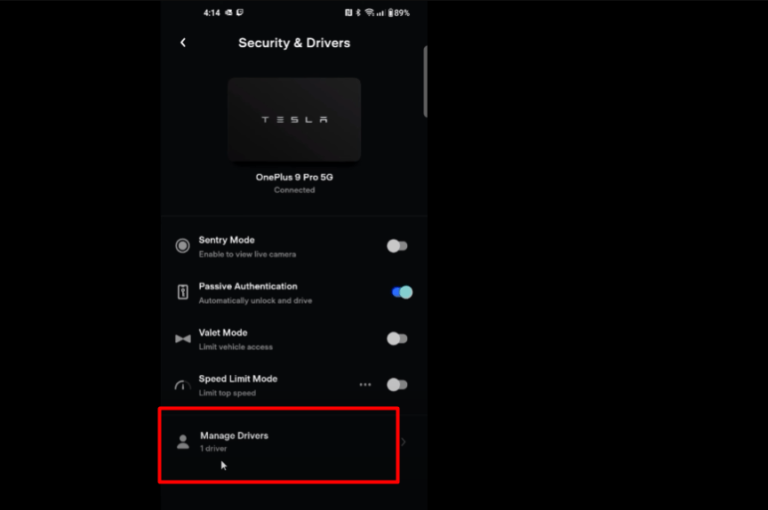Car Leaking Fluid Front Passenger Side Tire [Causes + Fixed]
It’s never nice to discover a Car Leaking Fluid Front Passenger Side Tire because what goes into an engine should stay in an engine. Various factors can lead to this issue, but if you’ve determined that the leak is coming from the passenger side, we can focus on that.
The most frequent reasons for passenger-side car leaks are loose hoses, damaged gaskets, heater core issues, and even condensation from the air conditioner. You must check everything, from the windshield and side windows for cracks to the fuel tank for corrosion or damage, to locate and rectify the leaks.
Car Leaking Fluid Front Passenger Side Tire
A leaking rubber hose or a broken heating control valve is likely to be the source of a leak from behind the passenger-side tire. Visit a mechanic with your vehicle so they can pressure test your hose and look for damage to your valve.

Coolant Leak By Right Front Tire: Causes & Solutions

Leaking Heater Core
The heater core is damaged, or leaking is the most frequent cause of coolant leaks. Especially if the system uses red “Dex-Cool” antifreeze, this problem is frequent. Even though the coolant lasts a lifetime, it must be changed every three years.
Like other antifreeze on the market, the coolant’s constituents will deteriorate after two years. If it happens, acids will accumulate and attack the system’s metal parts.
Solution
Have a repair check your car’s heating core for leaks. If it leaks, it must be changed to provide a long-lasting solution.
Leaking Rubber Hoses
Hoses for the heater and radiator can also be located there. Coolant will leak near the passenger side if these coolant hoses fracture or sustain other damage.
Solution
It’s simple to replace the coolant or radiator hoses. Just follow the thorough instructions provided below to replace the hoses. You must park your car somewhere flat and turn off the engine before beginning the replacement procedure. Allow the radiator cap to cool for a while. Next, unplug the radiator cap and set it aside.
- To drain the radiator, place an oil drain pan underneath it and release the drain petcock.
- It is necessary to loosen the clamps on the radiator hose’s ends. The two primary hose clamp designs are screw design and spring tension. The spring tension-type screw must be pulled back or squeezed with pliers to remove it. On the other hand, releasing the screw tension only requires using a screwdriver.
- To remove the coolant line from the fitting after releasing the clamps, twist the line.
- Place the hose clamps on the connector and connect the new coolant hose. Then, tighten the clamps until they are at least 1/4 inch away from the end of the radiator hose. Ensure the clamps are firmly attached and extended past the connector’s bead. Using the same techniques, the down radiator hose can also be unscrewed, and it can be changed if necessary.
- Remember to bleed the cooling system and replace the drain petcock and fresh coolant when you serve it. The system may be bled with ease. Run the engine with the radiator top off. Run your engine until the antifreeze drips from the radiator and reaches operating temperature.
- Finally, add coolant to the reservoir and radiator.
A Defective Heating Control Valve
A broken heating control valve may also result in coolant leakage near the front right tire of your vehicle. Over time, the heating control valve starts to degrade or break. The control valve, therefore, lets coolant out.
Solution
To avoid coolant leakage, the heating control valve must be replaced if it breaks down or wears out. To have a mechanic replace the valve, go to the nearby repair shop.
A Faulty Water Pump
The axle sealing or gasket can leak coolant due to a broken water pump. Gaskets are built into the water pump to ensure the antifreeze stays closed, maintaining continuous water flow.
Over time, the water pump’s gaskets deteriorate or become worn, which causes coolant leakage. If you ever notice a pool of coolant or water beneath the automobile’s front end, the water pump is at fault.
Solution
You should replace the water pump immediately if you ever notice a problem. It would be advisable for you to take the car to a professional because this repair is complex. You’ll pay more than $500 for this.
Cracked Coolant Split Pipe
A coolant pipe with a crack may also leak coolant. The antifreeze will leak from a coolant split pipe with even the smallest hairline crack. Inspect the hoses running from your car’s front to the coolant reservoir. A coolant split pipe is a plastic fitting that looks like a Y.
Solution
This is a frequent problem that can be easily fixed. Just replace the damaged pipe with the ECS aluminum model. And it would help if you never glanced back or touched it.
Leaking Coolant Reservoir
Sometimes the coolant reservoir itself is the issue. The coolant reservoir eventually fractures or cracks due to aging or overheating. As a result, coolant will leak from the coolant reservoir.
Solution
Replace the broken reservoir with a new one to stop the coolant from leaking out. If you need help changing the coolant reservoir, a professional can help.
A Faulty Radiator
A damaged radiator is another common cause of coolant leakage. If the radiator has a plastic tank on the bottom and top, it is more likely to leak. The plastic part of the radiator typically separates from the metal part.
When this occurs, the coolant leaks through the radiator’s metal frame and forms a puddle at the base. Coolant will flow to the right side of your car if the leak worsens. The puddle adjacent to the front right tire was also caused by it. Grab a flashlight to find the radiator-area leak.
Solution
Replacement of the leaky or broken radiator with a new one is the sole solution to this problem. You should take your vehicle to a qualified mechanic to get a replacement because this task can be challenging.
Conclusion
Your car may suffer damage from a coolant leak. The car’s engine will overheat as soon as a sizable amount of coolant has been lost due to the leak. Therefore, the problem must be resolved immediately by identifying the leak’s source.
All the possible causes of a coolant leak via the right front tire have been covered in this tutorial. You can find the Car Leaking Fluid Front Passenger Side Tire and fix it by following the instructions.
Frequently Asked Questions
What could be leaking from the car’s front passenger side?
Leaks in the A/C system are possibly the most frequent cause of this issue. Check for water pouring from the dashboard if you see water leaking into your automobile from the passenger side. The evaporator in the air conditioning system removes heat and humidity from the cabin, keeping you cool.
What fluid is leaking from my front tire?
Brake fluid is the only clear liquid that can spill from your wheels, and that would be a very bad situation. To check the brake fluid level, look inside the engine compartment at the master cylinder. Your leak may be brake fluid if it is low.
Why is liquid leaking from the passenger side of my car inside?
Your car’s air conditioning evaporator removes heat while accumulating humidity. Usually, this condensation drips onto the road from the automobile while you drive. On a hot day, condensation is most usually what you see pouring from the underbelly of an automobile.
Why is my car leaking oil from the front?
Deteriorated engine gaskets, leaks from the oil pan, and inadequate or worn-out seals are common sources of oil leaks. A damaged valve cover gasket or a loose or missing oil pan drain plug are other potential causes of oil leaks.

Matt Rex brings 12 years of specialized automotive expertise, holding a professional degree in Automotive Engineering Technology. As the founder of Turbochaos, he delivers comprehensive diagnostic services, performance optimization, and fleet maintenance solutions, backed by advanced certifications in hybrid/electric systems and ADAS technology. Its innovative methodologies have earned industry recognition while maintaining a 98% customer satisfaction rate.

